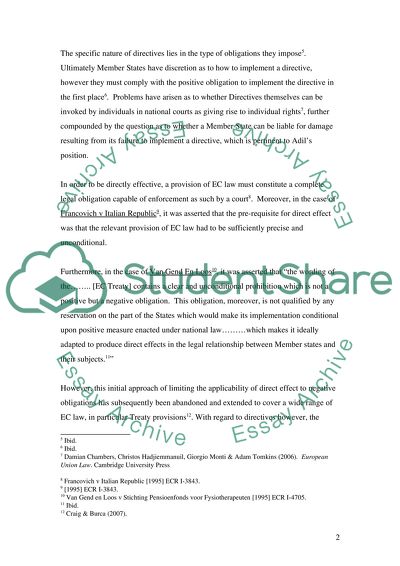Cite this document
(“Constitutional Law of the EU Essay Example | Topics and Well Written Essays - 2000 words - 1”, n.d.)
Constitutional Law of the EU Essay Example | Topics and Well Written Essays - 2000 words - 1. Retrieved from https://studentshare.org/miscellaneous/1554417-constitutional-law-of-the-eu
Constitutional Law of the EU Essay Example | Topics and Well Written Essays - 2000 words - 1. Retrieved from https://studentshare.org/miscellaneous/1554417-constitutional-law-of-the-eu
(Constitutional Law of the EU Essay Example | Topics and Well Written Essays - 2000 Words - 1)
Constitutional Law of the EU Essay Example | Topics and Well Written Essays - 2000 Words - 1. https://studentshare.org/miscellaneous/1554417-constitutional-law-of-the-eu.
Constitutional Law of the EU Essay Example | Topics and Well Written Essays - 2000 Words - 1. https://studentshare.org/miscellaneous/1554417-constitutional-law-of-the-eu.
“Constitutional Law of the EU Essay Example | Topics and Well Written Essays - 2000 Words - 1”, n.d. https://studentshare.org/miscellaneous/1554417-constitutional-law-of-the-eu.


